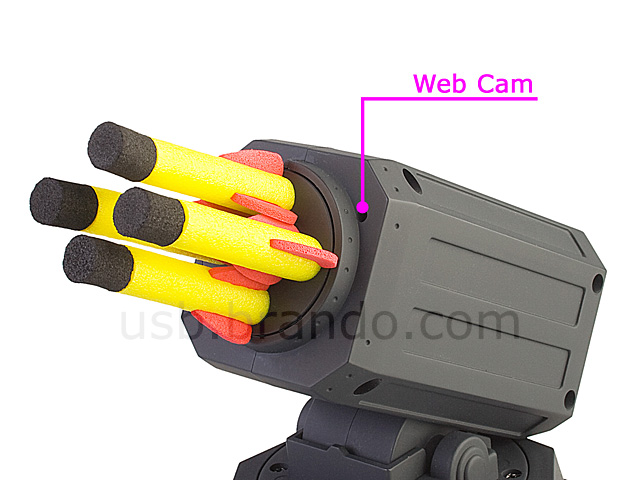Usb Camera For Mac Os X
FaceTime User Guide
Get USB WebCam drivers for Mac OS X. Free to try User rating. Publisher: IOXperts Downloads: 112,301. Epson Stylus Color 880 Driver. Free Epson Stylus Color 880 Driver. May 31, 2012 Question: Q: Set default webcam in OS X 10.6? I have an external webcam that I would like to use instead of the webcam built in to the iMac. For audio, I can go to System Preferences - Sound - Input and select a device for sound input. Oct 18, 2017 When connecting a camera to a Mac computer, you can simply connect the camera’s USB cable to any matching USB port on the Mac. Keep in mind that USB Type-A ports are not reversible, unlike USB Type-C ports, so the cable will only go in one way. If it doesn’t insert easily, don’t force it in — you could damage it.
If your Mac is connected to multiple cameras, microphones, or output devices, you can choose which one to use for your FaceTime audio and video calls.
In the FaceTime app on your Mac, choose one of the following from the Video menu.
Choose Use System Setting for your microphone or output device.
If you select this, FaceTime uses the audio devices set in the Output or Input pane of Sound preferences. For more details, see Change the sound output settings or Change the sound input settings.
Choose a specific camera, microphone, or output device to use.
If there aren’t any devices listed in the Video menu, FaceTime uses the built-in camera, microphone, and speakers. See Use the built-in camera.
USB port types and names

USB (Universal Serial Bus) is an industry standard for connecting computers and other devices. It's available with many types of ports, and each type has a unique shape. On Mac computers, USB is available with these ports, depending on your Mac model:
USB-A


Type USB-A ports are commonly called USB, USB 2, or USB 3 ports, depending on the USB specification they support. They aren't reversible, so a USB-A connector plugs into the port only when oriented correctly.
USB-C
Type USB-C ports are available as either standard USB-C ports or Thunderbolt 3 ports that also support USB-C connections. They both look the same, and the connector plugs into the port in either orientation.

Learn more about identifying the ports on your Mac, as well as the adapters and cables you can use to connect older devices to type USB-C ports.
USB specifications
USB specifications are important primarily when you want the most speed and power for your USB device, or your device needs more power or is using too much power. Ms office 2007 iso file. Every USB port supports a particular USB specification, which determines the port's maximum>USB specifications on MacData transferPowerUSB 3.1 Gen 2
Also known as USB 3.2 Gen 2
Up to 10 GbpsUp to 15W at 5VUSB 3.1 Gen 1
Also known as USB 3.2 Gen 1 or USB 3
Up to 5 GbpsUp to 900 mA at 5VUSB 2.0
Up to 480 MbpsUp to 500 mA at 5VUSB 1.1
Up to 12 MbpsUp to 500 mA at 5V
To learn which specification is supported by a type USB-A or type USB-C port on your Mac model:
- Choose Apple menu > About This Mac, click Support, then click Specifications.
- Check the System Information app for more details, including about USB devices connected to USB ports on your Mac. Select USB in the sidebar, then select a USB bus on the right.
Get the best performance from your USB devices
Usb Camera Mac Os X
USB specifications all work with each other, but speed and power are limited by the cable or device that uses the earliest specification. For example, if you connect a USB 3 device to USB 2 port, your device is limited to USB 2 speeds, and it can't draw more power from the port than can be delivered over USB 2. In other words, to get the best performance, make sure that the USB port on your Mac and the USB cable to your device meet or exceed the USB specification of the device itself.
Make Mac Os Usb
If your Mac doesn't recognize a USB device after you plug it into your Mac:
- Check all connections: Unplug the device from your Mac, then plug it back in, and make sure that all cables and adapters are securely connected at both ends. Test with another cable or adapter, if available.
- Plug the device directly into your Mac instead of a USB hub or other device, and if necessary test with a different USB port on your Mac or device.
- Some devices need their own software, such as drivers or firmware. Others work without additional software. Check with the maker of your device, and install all available Apple software updates as well.
- If your device came with an AC power adapter, use it. Some devices can be powered by the USB port on your Mac. Others need more power than your Mac can provide.
- Restart your Mac.
Learn more
- USB 3 devices can create wireless interference that affects Wi-Fi and Bluetooth devices. Learn how to resolve Wi-Fi and Bluetooth issues caused by wireless interference.
- Mac notebook computers with USB-C or Thunderbolt 3 can charge over that port using a compatible USB-C power adapter and cable.
